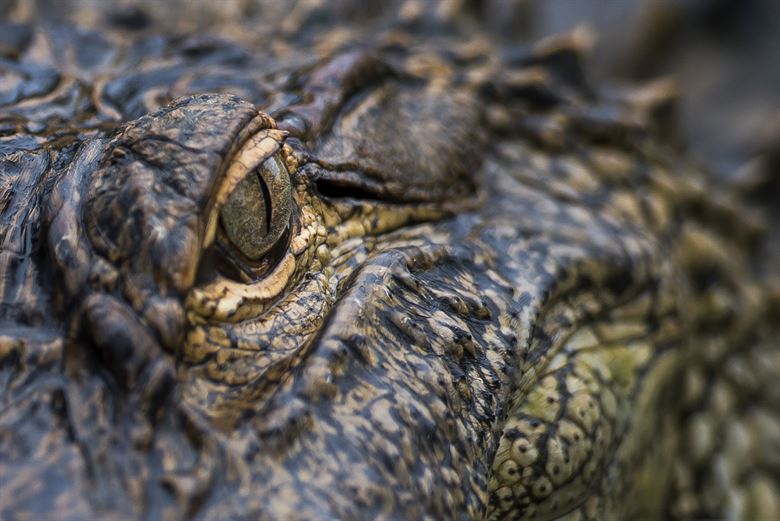
Crocodile distribution could reveal secrets of the Earth’s past climate
Crocodile distribution could reveal secrets of the Earth’s past climate. According to a recent study, ancient crocodiles are shedding new light on Earth’s past climate. The research suggests that these reptiles could serve as resources for studying historical environmental conditions, much in the same way that scientists use ice cores and tree rings.
Experts have discovered that some crocodile species were tolerant of changes in climate conditions, while others were fatally sensitive to these changes. Based on the distribution of the fossil remains of various species, researchers can gain a better understanding of the global climate millions of years ago.
“Our analysis suggests that crocodilians are even less of a homogenous group than previously thought and that some alligator-like reptiles were particularly good at tolerating the dramatic changes in climate that marked the end of the Eocene epoch and the beginning of the Oligocene,” explained study lead author Dr. Stéphane Jouve from the University of Sorbonne.
These eras were distinctly divided by a climate crisis which involved plummeting temperatures and drastically lower sea levels. Many plants and animals were completely wiped out as a result.
Despite previous theories, the new study indicates that while some species of crocodiles died out, others migrated to warmer waters and managed to survive.
The coastal environment was transformed by the decline in sea level, and there were many marine crocs who escaped the cold conditions of Europe by migrating south to North Africa.
The study also suggests that Morocco could have been the platform for marine species in the gavialoid family to migrate to South America. Furthermore, as the freeze continued, a family of crocodilians known as the marine tomistomines gradually moved from north to south.
Many freshwater species, which were unaffected by sea level, could not survive the rapid decline in temperatures of the late Eocene and vanished. On the other hand, the alligator-like Diplocynodon survived even the lowest temperatures of the early Oligocene epoch.
The study is published in the Journal of Vertebrate Palaeontology.
—
By Chrissy Sexton, Earth.com Staff Writer
Paid for by Earth.com
Image Credit: Canva













